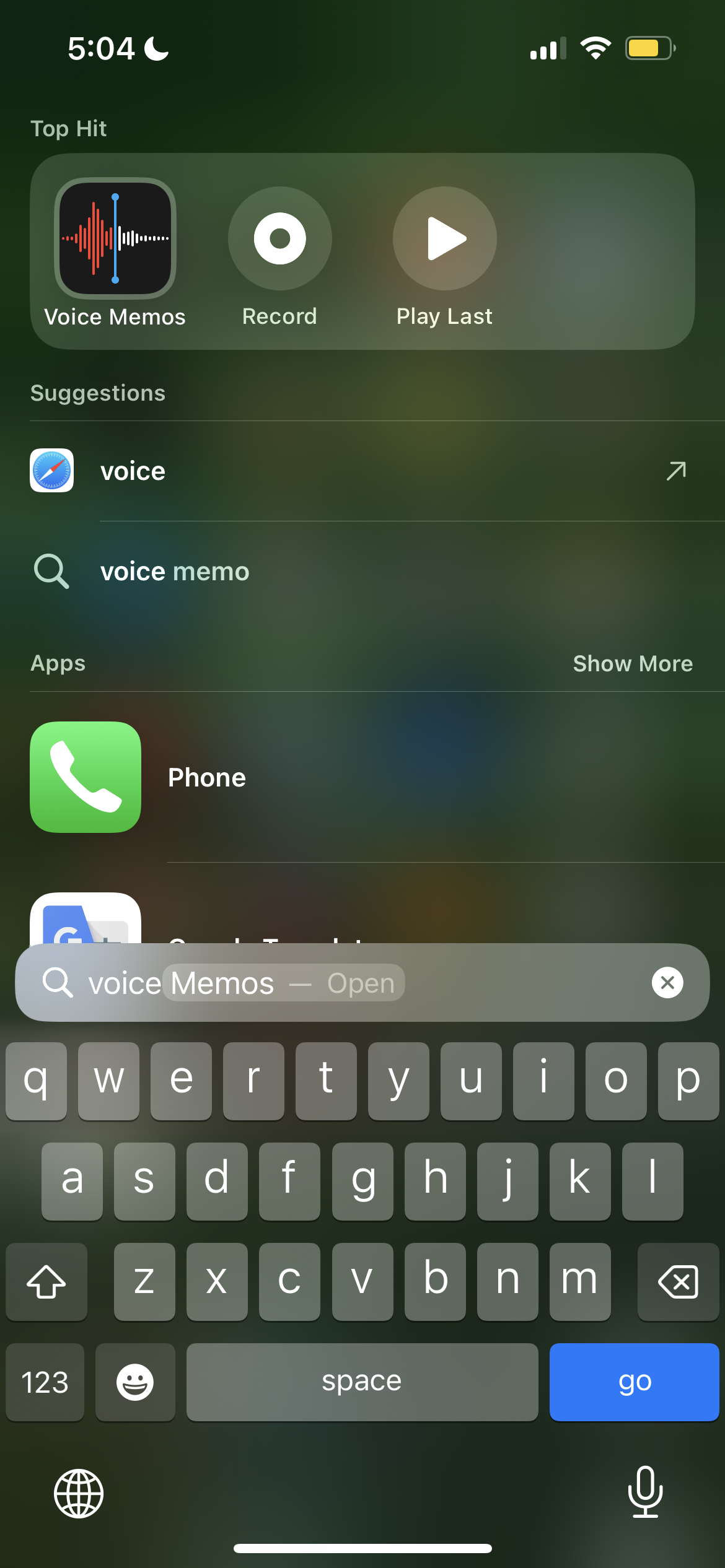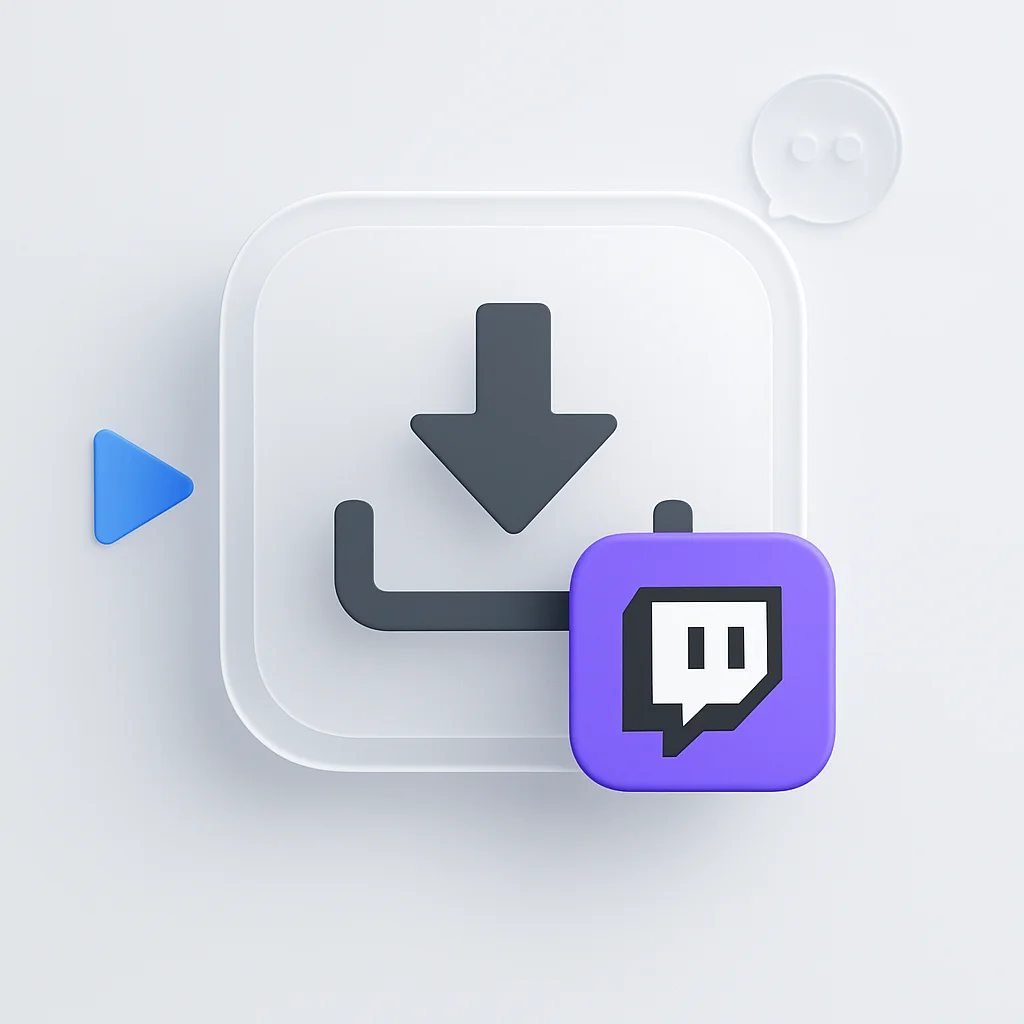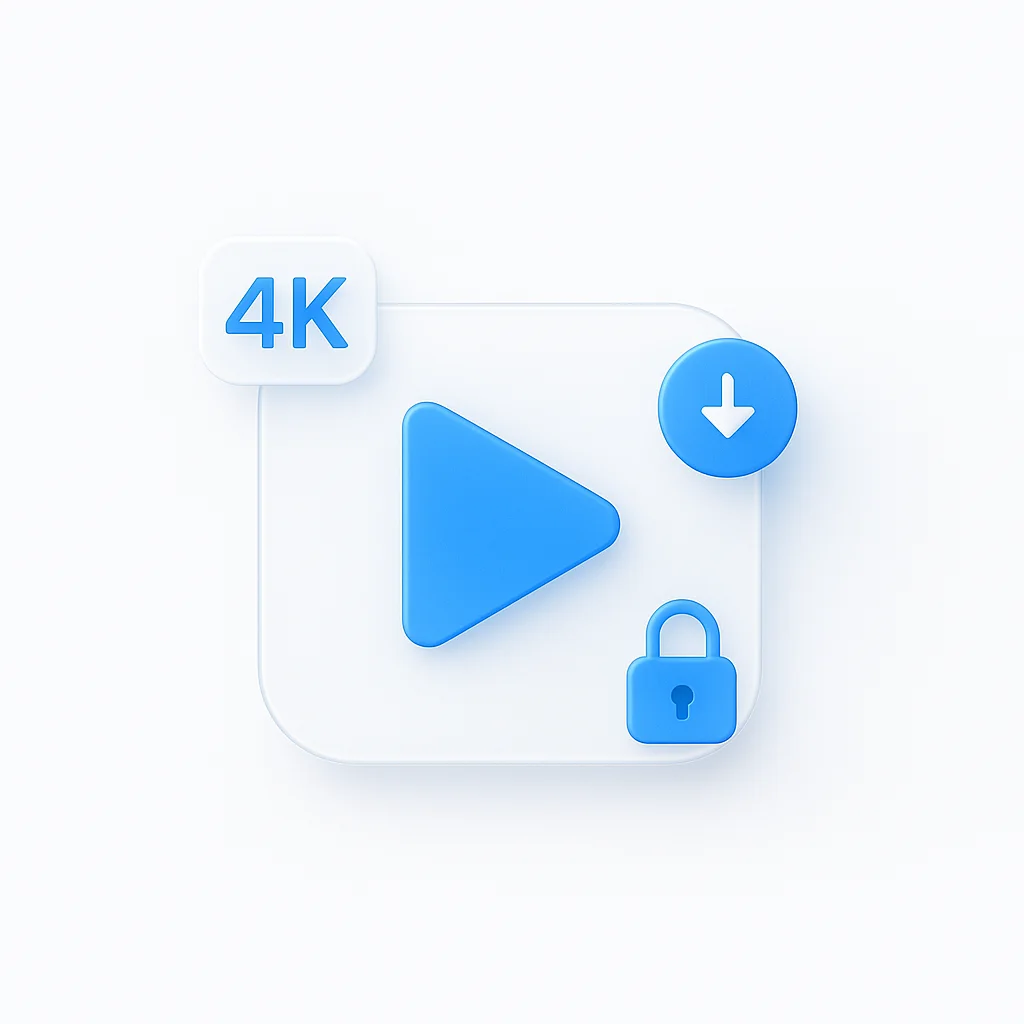Ihr iPhone kann viel mehr als nur Telefonieren und SMS schreiben. Mit seiner fortschrittlichen Technologie kann es als leistungsstarkes Sprachaufzeichnungsgerät dienen.
Egal, ob Sie ein Student sind, der Vorlesungen aufzeichnen möchte, ein Musiker, der versucht, Inspirationen festzuhalten, oder ein Profi, der Interviews führt, Ihr iPhone ist für Sie da. In diesem ausführlichen Leitfaden führen wir Sie durch verschiedene Aspekte der Sprachaufzeichnung auf Ihrem iPhone und geben Ihnen detaillierte Anweisungen und nützliche Tipps. Wir werden Apples integrierte Sprachmemos-App behandeln, Alternativen wie Anwendungen von Drittanbietern und externe Mikrofone erkunden und Best Practices für die Aufnahme von hochwertigem Audio diskutieren. Am Ende dieses Leitfadens haben Sie das nötige Wissen und die Fähigkeiten erworben, um Ihr iPhone in eine zuverlässige und vielseitige Sprachaufzeichnungsmaschine zu verwandeln.
Das Potenzial von Sprachmemos freisetzen
Apples Sprachmemos-Anwendung ist auf allen iPhones vorinstalliert und bietet Benutzern eine einfache Methode zur Audioaufnahme. Um diese Funktion zu nutzen, befolgen Sie diese Schritte:
Vorbereitung

- Auffinden der App: Suchen Sie Sprachmemos entweder im Ordner Dienstprogramme oder direkt auf Ihrem Home-Bildschirm. Wenn es sich versteckt, wischen Sie auf dem Home-Bildschirm nach unten, um die Suchleiste anzuzeigen, und geben Sie “Sprachmemos” ein, um es schnell zu finden.
- Einstellungen optimieren (optional): Tippen Sie auf die drei Punkte in der oberen rechten Ecke, um auf die Einstellungen zuzugreifen. Erwägen Sie, Folgendes anzupassen:
- Audioqualität: Wählen Sie zwischen Verlustfrei (höhere Qualität, größere Dateigröße) oder Komprimiert (kleinere Dateigröße, etwas geringere Qualität).
- Mikrofonmodus: Wählen Sie für die meisten Situationen Standard oder Stereo, um ein breiteres Klangfeld zu erfassen, was ideal für Musik- oder Umgebungsaufnahmen ist.
Aufnahme
- Start der Magie: Tippen Sie auf die große rote Schaltfläche in der Mitte des Bildschirms, um die Aufnahme zu starten. Beobachten Sie die Wellenform, während sie den aufgenommenen Ton visualisiert.
- Eine Pause einlegen: Benötigen Sie eine Pause? Tippen Sie auf die Pause-Taste (zwei vertikale Balken), um die Aufnahme vorübergehend zu stoppen. Bereit zum Fortsetzen? Tippen Sie erneut auf dieselbe Taste, die sich jetzt in einen roten Kreis verwandelt hat, um Ihre Aufnahme nahtlos fortzusetzen.
- Finden Sie Ihre Sprachstärke: Experimentieren Sie, indem Sie näher oder weiter vom Mikrofon entfernt sprechen, um eine optimale Klangqualität zu erzielen. Verwenden Sie die Wellenform als Orientierungshilfe, um den idealen Abstand zu finden.
Erweiterte Funktionen zur Verfeinerung
- Unerwünschte Abschnitte kürzen: Ziehen Sie an den gelben Griffen am Anfang oder Ende der Wellenform, um unnötige Teile der Aufnahme zu entfernen.
- Bestimmte Teile ersetzen: Tippen Sie auf “Bearbeiten” und verwenden Sie dann die Funktion “Ersetzen”, um unbefriedigende Segmente durch verbesserte zu ersetzen.
- Aufnahmen später fortsetzen: Drücken Sie innerhalb derselben Aufnahmesitzung erneut die rote Taste, um dort fortzufahren, wo Sie aufgehört haben.
Speichern und Teilen Ihrer Kreation
- Speichern Sie Ihr Meisterwerk: Tippen Sie nach der Zufriedenheit auf “Fertig”, um die Aufnahme zu speichern. Benennen Sie Ihre Aufnahme aussagekräftig, um das einfache Auffinden zu erleichtern.
- Verbreiten Sie den Sound: Greifen Sie über das Share-Symbol (ein Quadrat mit einem Pfeil nach oben) auf verschiedene Freigabeoptionen zu, darunter E-Mail, AirDrop, Nachrichten, Notizen, Cloud-Speicherdienste und mehr.
Alternativen erkunden
Obwohl Sprachmemos für viele Szenarien eine gute Wahl ist, gibt es andere Optionen, die erweiterte Funktionen bieten, die auf spezifische Benutzerbedürfnisse zugeschnitten sind. Im Folgenden untersuchen wir Anwendungen von Drittanbietern und externe Mikrofone, die die Aufnahme Fähigkeiten Ihres iPhones verbessern sollen.
Anwendungen von Drittanbietern
- ScreenApps Voice Recorder: Diese App ist ideal für Podcaster und Interviewer und bietet Funktionen wie anpassbare Audioformate (WAV, MP3, PCM usw.), leistungsstarke Rauschunterdrückung, Echtzeittranskription und optimierte Dateiverwaltung mit Ordnern, Tags und Cloud-Speicherintegration.
- Rev.com: Diese App ist perfekt für Profis, die präzise Transkriptionen benötigen. Sie kombiniert Aufnahmefunktionen mit effizienten mehrsprachigen Transkriptionsdiensten, Sprecheridentifizierung und anpassbaren Zeitstempeln.
Externe Mikrofone
Die Investition in ein externes Mikrofon kann die Audioqualität bei korrekter Verwendung erheblich verbessern. Beliebte Optionen sind:
- Shure MV88+ Video Mic: Kompaktes Richtrohrdesign, das klaren, direktionalen Ton liefert und sich zum Isolieren von Stimmen aus Hintergrundgeräuschen eignet.
- Rode VideoMic Me-L: Leichtes Clip-On-Mikrofon, das Audio in Broadcast-Qualität für mobile Aufnahmen bietet.
Denken Sie bei der Verwendung eines externen Mikrofons daran, dass der Anschluss an Ihr iPhone in der Regel einen kompatiblen Adapter für den Lightning-Anschluss erfordert. Beachten Sie immer die Produktrichtlinien für die korrekte Einrichtung.
Top-Tipps für die iPhone-Audiomeisterschaft
Um das Potenzial des integrierten Mikrofons Ihres iPhones oder eines angeschlossenen externen Mikrofons zu maximieren, beachten Sie die folgenden Empfehlungen:
- Reduzierung von Hintergrundgeräuschen: Wählen Sie nach Möglichkeit ruhige Umgebungen. Wenn absolute Stille nicht erreichbar ist, verwenden Sie Kopfhörer mit Geräuschunterdrückung oder Ohrhörer mit integrierten Mikrofonen.
- Klare Sprache priorisieren: Artikulieren Sie Wörter deutlich und vermeiden Sie es, zu murmeln. Passen Sie das Tempo an - weder zu schnell noch zu langsam -, um die Verständlichkeit zu optimieren.
- Positionierung des Mikrofons: Testen Sie verschiedene Platzierungen, um den Sweetspot für die Aufnahme von Audio zu bestimmen. Die direkte Ansprache des Mikrofons führt im Allgemeinen zu günstigen Ergebnissen. Halten Sie das iPhone für Vorträge oder Interviews in einem leichten Winkel auf das gewünschte Subjekt gerichtet. Experimentieren Sie in musikalischen Kontexten mit Abstand und Ausrichtung, um das ideale Gleichgewicht zwischen Instrumenten und Gesang zu erzielen.
- Bearbeitung für Perfektion: Selbst einwandfreie Aufnahmen erfordern möglicherweise geringfügige Verbesserungen. Nutzen Sie die Bearbeitungsfunktionen von Sprachmemos - Zuschneiden von Anfängen und Enden, Ersetzen ausgewählter Segmente - oder investieren Sie bei Bedarf in zusätzliche Software.
Schlussfolgerung
Erforschen, lernen und wenden Sie neue Techniken an, um Ihr volles Potenzial bei der Sprachaufzeichnung mit nichts anderem als Ihrem vertrauenswürdigen iPhone auszuschöpfen. Von der Auswahl bevorzugter Anwendungen bis hin zur Feinabstimmung von Hardwarekonfigurationen dient unser umfassender Leitfaden als Blaupause für den Erfolg. Bewaffnet mit Geduld, Neugier und Entschlossenheit begeben Sie sich auf eine faszinierende Reise zum versierten Audiophilen. Viel Spaß beim Aufnehmen!






